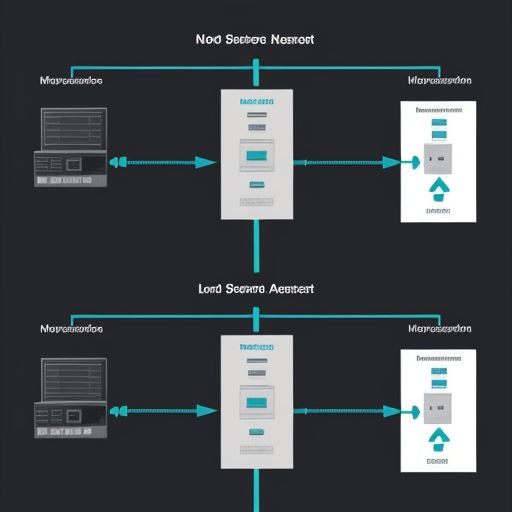In today’s digital landscape, where cyber threats lurk around every corner, traditional security perimeters are no longer enough. Enter Zero Trust Data Security, a model that’s transforming how organizations protect their sensitive information. This comprehensive guide will delve into the heart of zero trust, exploring its principles, benefits, challenges, and best practices.
Understanding Zero Trust Data Security
What Does Zero Trust Mean?
Zero trust, simply put, is a security framework built on the principle of “never trust, always verify.” Unlike traditional models that assume trust within the network perimeter, zero trust treats every user, device, and application as a potential threat.
Key Principles of Zero Trust
- Verify Explicitly: Authentication and authorization are paramount. Every access request, regardless of its origin, must be verified.
- Least Privilege Access: Users and devices are granted only the minimum level of access necessary to perform their specific tasks.
- Assume Breach: Zero trust operates under the assumption that a breach has already occurred or is inevitable. This proactive approach emphasizes continuous monitoring and threat detection.
security.hanawaterbury.com/wp-content/uploads/2024/07/zero-trust-network-668b9a.jpg" alt="Zero Trust Network Diagram" width="512" height="512">Zero Trust Network Diagram
Why is Zero Trust Data Security Important?
The modern threat landscape, characterized by sophisticated attacks and increasingly porous perimeters, necessitates a shift towards more robust security models. Here’s why zero trust is critical:
1. Enhanced Data Protection:
By eliminating implicit trust and enforcing strict access controls, zero trust significantly reduces the attack surface and minimizes the potential impact of data breaches.
2. Mitigating Insider Threats:
Zero trust addresses the challenge of insider threats, whether intentional or accidental, by limiting access privileges and monitoring user activity.
3. Cloud Security Posture:
As organizations embrace cloud computing, zero trust provides a consistent security framework across on-premises and cloud environments.
4. Compliance Requirements:
Industry regulations like GDPR and HIPAA necessitate stringent data protection measures. Zero trust helps organizations meet these compliance obligations.
Frequently Asked Questions about Zero Trust
1. Is Zero Trust Only for Large Organizations?
No, zero trust principles can be applied to organizations of all sizes. While implementation might vary, the core concepts remain relevant.
2. How Do I Implement Zero Trust Security?
Implementing zero trust is a journey, not a destination. It involves a phased approach:
- Identify and classify sensitive data.
- Map data flows and identify critical assets.
- Implement strong authentication and authorization mechanisms.
- Enforce least privilege access controls.
- Monitor and analyze network activity for suspicious behavior.
3. What are the Challenges of Zero Trust?
While highly effective, zero trust implementation comes with its set of challenges:
-
Complexity: Designing and deploying a comprehensive zero trust architecture can be complex, requiring careful planning and expertise.
-
User Experience: Striking a balance between security and user experience is crucial. Excessive security measures can hinder productivity.
-
Cost: Implementing zero trust solutions may involve investments in new technologies and infrastructure.
Conclusion: Embracing a Zero Trust Future
In an era of evolving cyber threats, zero trust data security is no longer optional but essential. By embracing the principles of “never trust, always verify,” organizations can strengthen their security posture, protect their valuable data, and navigate the complexities of the digital landscape with greater confidence. Remember, security is an ongoing journey, and adopting a zero trust mindset is a significant step towards a more secure future.
